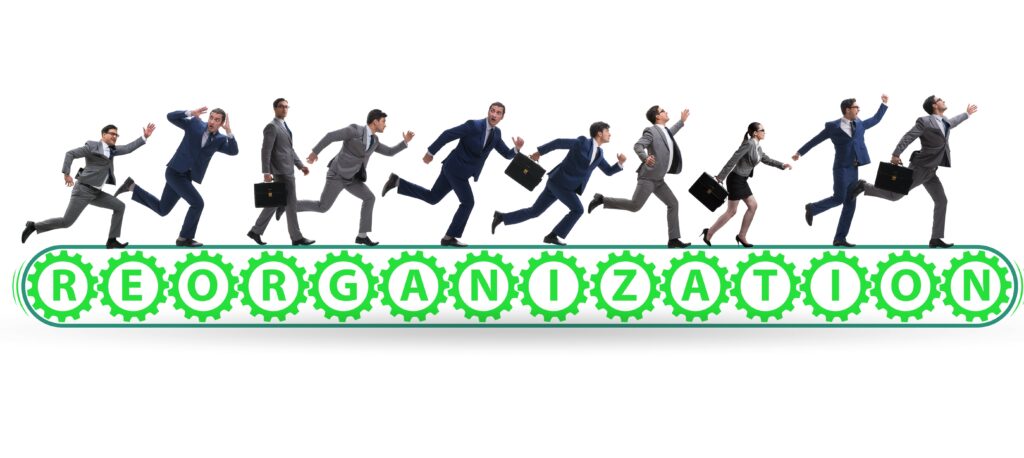Workplaces are an environment where individuals and teams can thrive or become very dysfunctional. People can gain a lot by working in a positive workplace and excelling in areas of their career where they felt limited before. Negative environments can create employees to have mental health challenges, physical ailments, reduced perception of their skills and abilities, and lowered ability to perform.
Common elements that can enhance or destroy a workplace include:
- How are needs being met?
- How are personality differences handled?
- Do employees feel they have clarification around their roles?
- When organizational change occurs, how is it managed?
- Is communication clear, concise, effective, and appropriate?
- Do employees perceive equity among resources?
- When teams are created, how are differences in work methods and goals guided?
- Are job activities and implementation clear to company leadership, managers, teams, and individual contributors?
When workplaces handle the above common elements in a positive manner, employees feel supported, understood, and motivated to achieve. For the company, this leads to reduced turnover, lower absenteeism, and decreased litigation.
5 Major Changes That Impact the Workplace
New Management or Supervisors
This could potentially be the biggest factor for employees who are having a negative or positive experience at the workplace. A new boss can mean being treated wonderfully with respect, having clear expectations and support when needed, and meaningful performance management feedback. A new boss can also mean being treated horribly with demeaning comments, having unrealistic and vague expectations, little or no guidance when needed, and providing little or no feedback in terms of job performance. An organization’s culture can consist of many positive attributes, but if an employee has a new horrible boss, the organization’s positive culture will not make up for it.
Physical Move
This change usually gets the least attention on how it can negatively impact employees. If the move is a complete relocation to another state, changing office buildings across town, or having the office space renovated, it can be disruptive to employees. Some employees may have to get used to a completely new routine. Where is the bathroom or how do I send snail mail? Everyday routine things may have been entirely changed. When relocating to another state, other considerations have to be made for what changes employees may be experiencing. Besides living in a new home, does the employee have family that is also going through a disruptive time? Do kids have to get used to a new school and friends? Has this move put stress on a spouse or partner relationship? Is the state’s culture very different from where they previously lived?
Workforce Reduction and Resources
When companies are facing a reduction in income, cost cutting is usually found to be one of the methods to help the company stay afloat. Cost cutting usually includes both reducing staff and resources, potentially creating an environment where people are expected to do more with less. With reducing the workforce, this may include eliminating an entire department and then outsourcing the work, letting go of entire branches or selling off parts of the company, or laying off key leadership. It can be very devastating for employees to see other employees in their department laid off, especially if the department was considered to be like a second family. Many employees grieve over the loss of a co-worker while also experiencing anxiety about the security of their jobs and guilt about not being let go while their co-worker has. A reduction in resources can leave employees feeling hopeless about how they are going to accomplish their jobs. An employee may see their budget reduced by 20%, but they are expected to accomplish or exceed their goals anyway. When resources are reduced, employees are usually given little guidance on how they will still be able to perform their jobs and are left to flounder.
Reorganization
When a company grows or shrinks, the previous management model may not serve the current company that is in place. Managers may be given job roles they are not trained for or comfortable with. Supervisors may find that they are responsible for a department that has doubled the number of employees or that their department has substantially shrunk. The new leadership may have personality conflicts and can’t agree in the direction where the company is headed while employees are stuck in the middle. If the management reorganization isn’t carefully planned out and communicated, it can have a negative impact on the workplace.

Acquisition or Being Acquired
It is common for companies to be bought and sold these days. When this happens, it can be a challenging time for employees. How will the companies be consolidated when there are duplications of many departments? Will this feel like a hostile takeover? Will my compensation change? Many questions can create anxiety for employees, especially when there isn’t clear communication and the acquisition doesn’t appear to be well thought out. It’s important for organizations from the start of an acquisition to consistently inform employees of what is going on to build trust and confidence as the acquisition moves forward.
When a company is going through one or some of these major changes, it can be helpful to have an outside perspective of how these changes are being managed. Are the common elements in place to enhance or destroy the workplace as it is going through a transition? To find out more about my services click here: Workplace Consulting. If you feel your workplace is negatively impacting your employees and want to make positive changes, please contact me.


